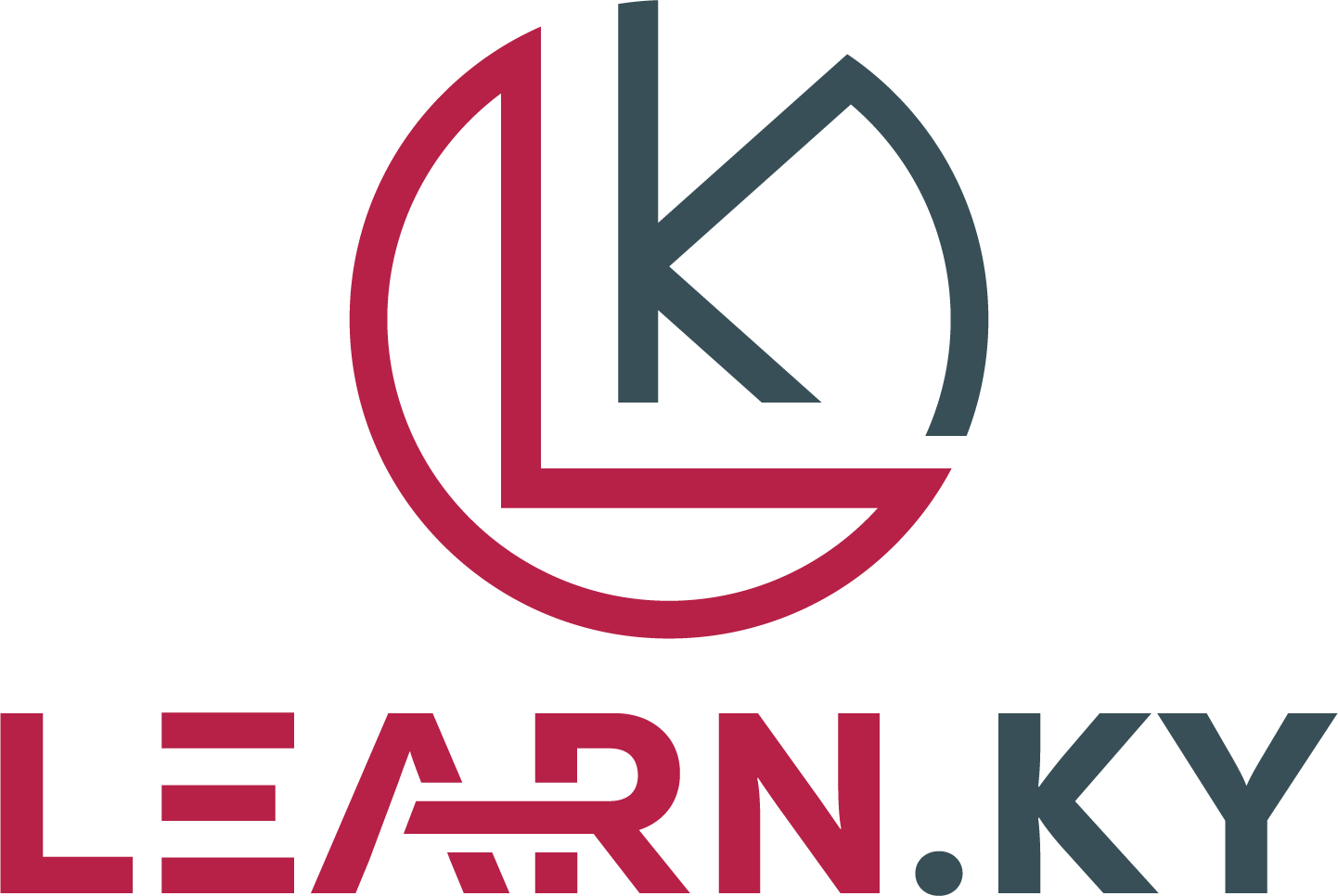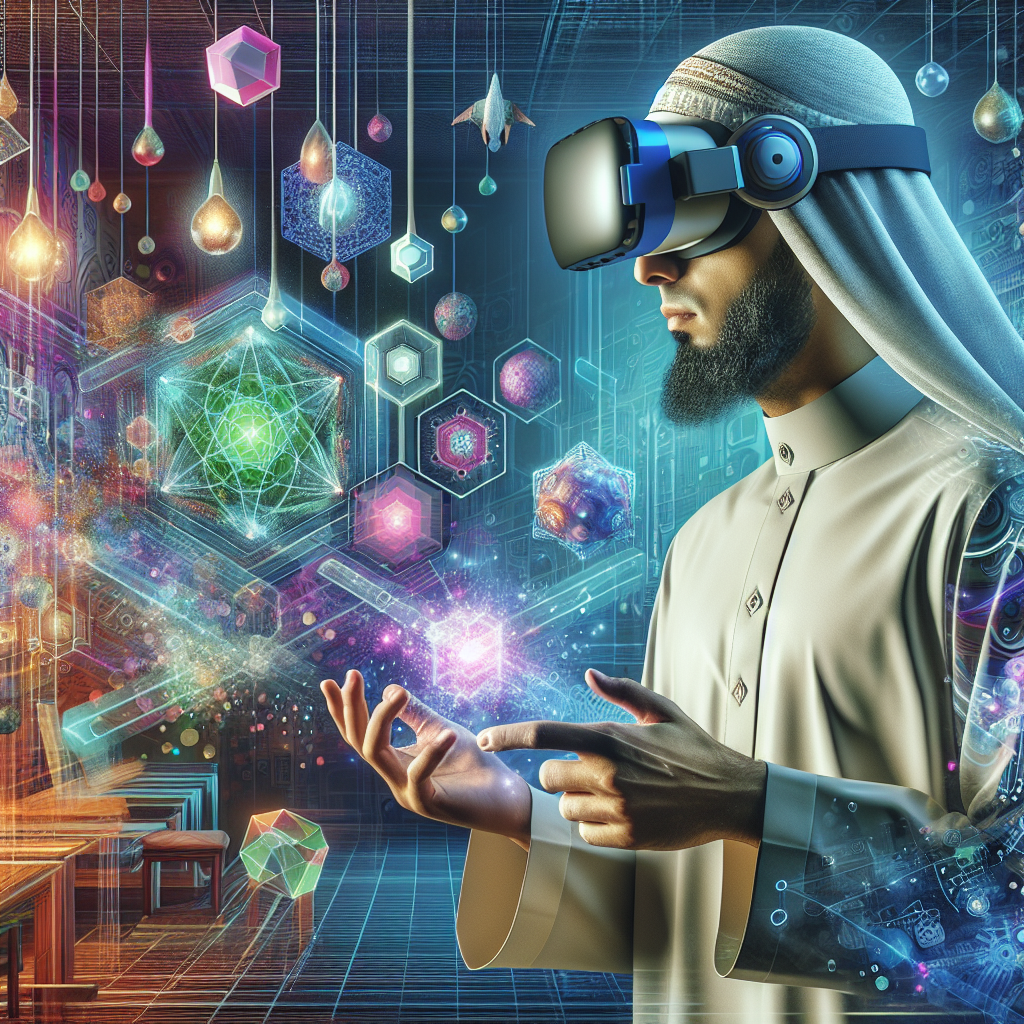The Evolution of Mixed Reality
To understand the future of mixed reality, we must first examine its evolution. The concept of mixed reality has its roots in the field of augmented reality (AR) and virtual reality (VR). While augmented reality overlays digital content onto the physical world, virtual reality immerses users in a completely synthetic environment. Mixed reality takes this a step further by anchoring virtual objects to the real world, allowing users to interact with and manipulate digital content in real time.
The Journey So Far
The journey of mixed reality has been shaped by significant advancements in hardware, software, and user experience. From the early experiments with head-mounted displays to the development of spatial mapping and gesture recognition technologies, the MR landscape has seen rapid growth and innovation. Companies like Microsoft with their HoloLens and Magic Leap with their Magic Leap One have been at the forefront of this evolution, demonstrating the potential of MR in various industries such as healthcare, education, manufacturing, and entertainment.
The Potential of Mixed Reality
The future of mixed reality holds immense potential across a wide spectrum of applications. In the realm of healthcare, MR has the potential to revolutionize medical training, patient care, and surgical procedures. By providing immersive simulations and real-time data visualization, MR can enhance the learning experience for medical professionals and improve patient outcomes.
In the field of education, mixed reality can transform traditional learning methods by providing interactive and engaging experiences for students. Imagine a history lesson where students can walk through ancient civilizations or a science class where they can explore the human body in 3D. MR has the potential to make learning more immersive, interactive, and impactful.
In the manufacturing industry, MR can streamline design processes, improve product visualization, and facilitate remote collaboration. By overlaying digital models onto physical objects, engineers and designers can make real-time adjustments and visualiZe the end product in a realistic environment, leading to faster prototyping and reduced time to market.
Challenges and Opportunities
While the potential of mixed reality is exciting, there are still challenges that need to be addressed. Issues such as hardware limitations, user experience design, and content creation pose significant hurdles in the widespread adoption of MR. Furthermore, ethical and privacy concerns related to data collection and user engagement need to be carefully navigated.
However, these challenges also present opportunities for innovation and growth. As the technology matures, we can expect to see advancements in hardware miniaturization, improved user interfaces, and the development of compelling content that drives adoption and engagement. Furthermore, the integration of artificial intelligence and machine learning can further enhance the capabilities of mixed reality, opening up new possibilities for personalized experiences and intelligent interactions.
The Path Forward
As we look to the future of mixed reality, it’s clear that the possibilities are virtually limitless. From transforming how we work, learn, and play to redefining the way we experience the world around us, mixed reality has the potential to shape the next frontier of human-computer interaction. With ongoing research and development, collaboration across industries, and a commitment to user-centric design, we can expect to see mixed reality becoming an integral part of our daily lives.
In conclusion, the future of mixed reality is an exciting frontier that holds the promise of revolutionizing the way we interact with technology. By leveraging the blend of the physical and virtual worlds, mixed reality has the potential to drive innovation, enhance productivity, and create compelling experiences across various domains. As the technology continues to evolve and mature, it’s essential for stakeholders to collaborate, innovate, and address challenges to unlock the boundless potential of mixed reality. The journey ahead is filled with opportunities, and the future of mixed reality is indeed a fascinating one to explore.










